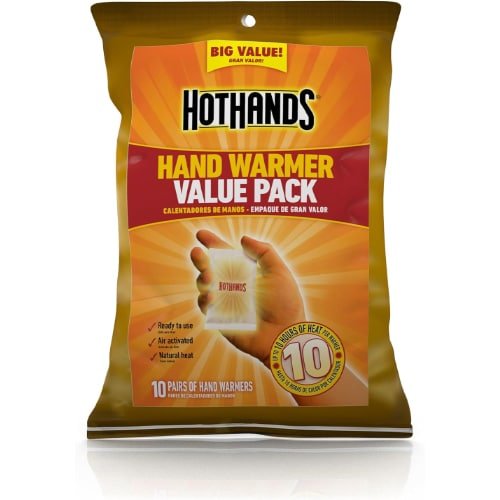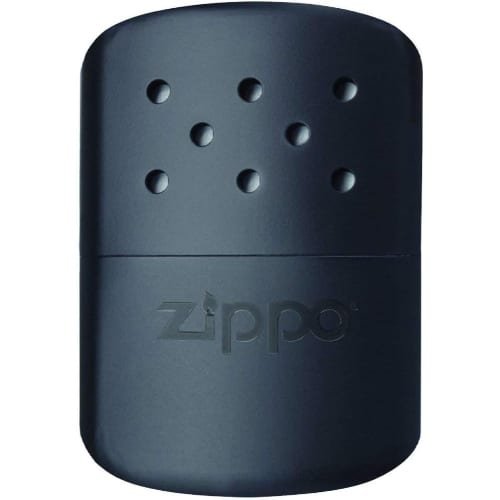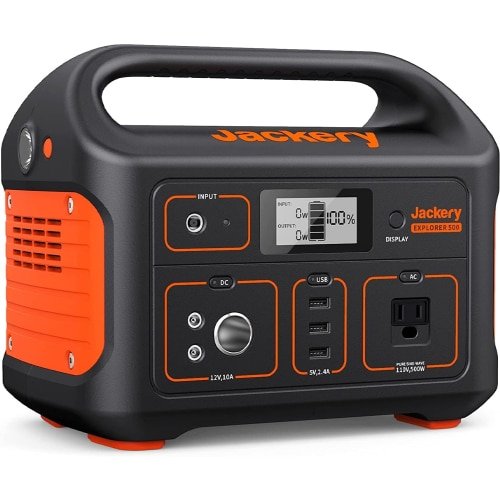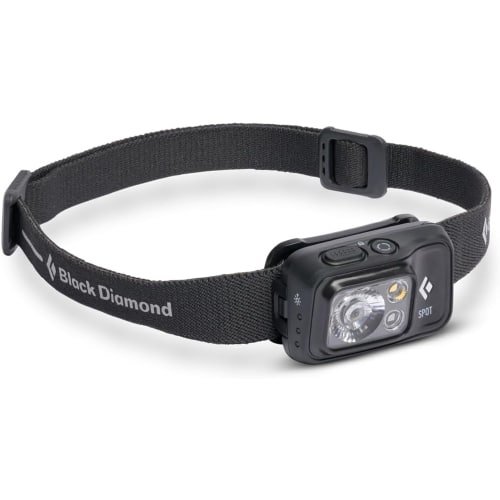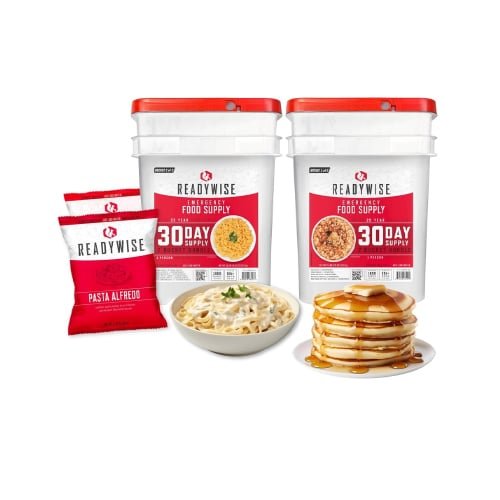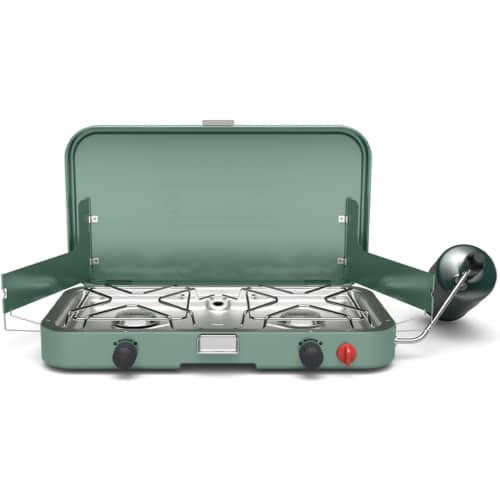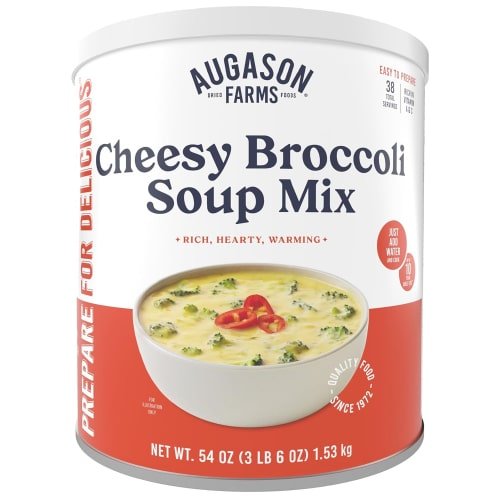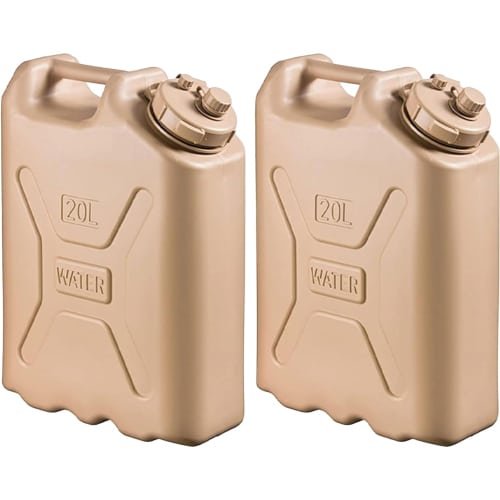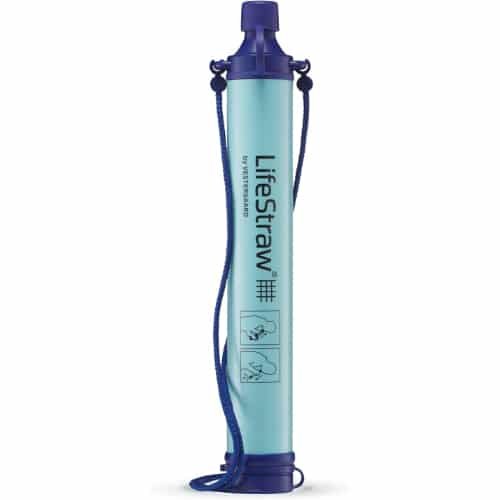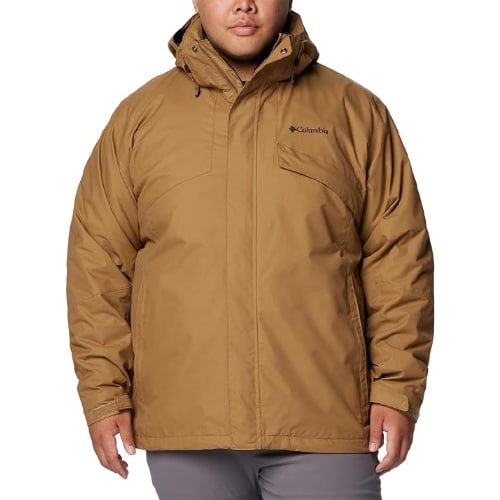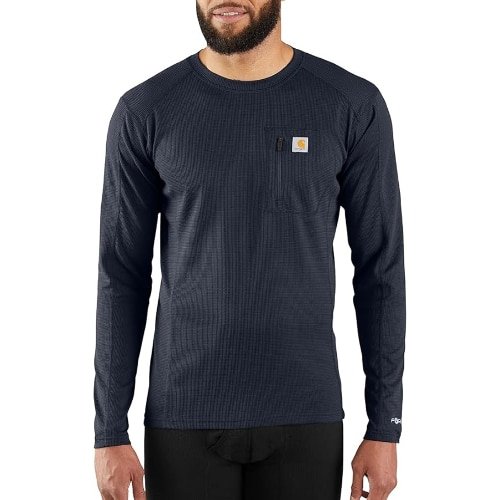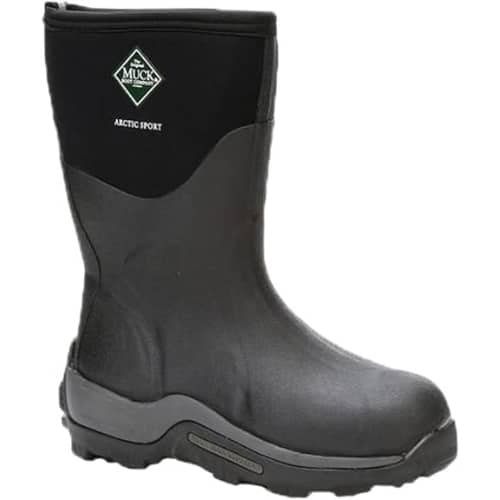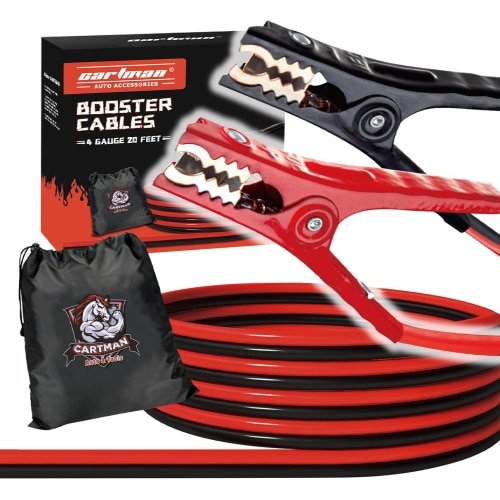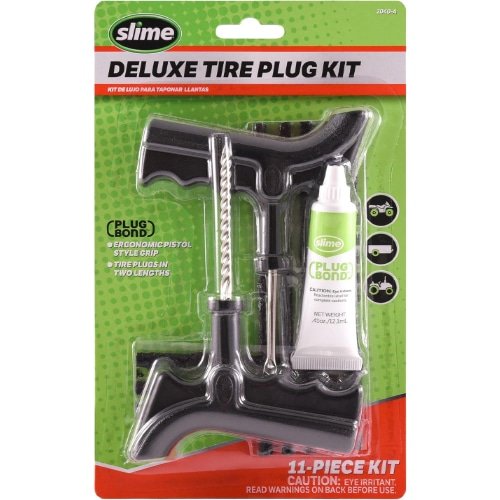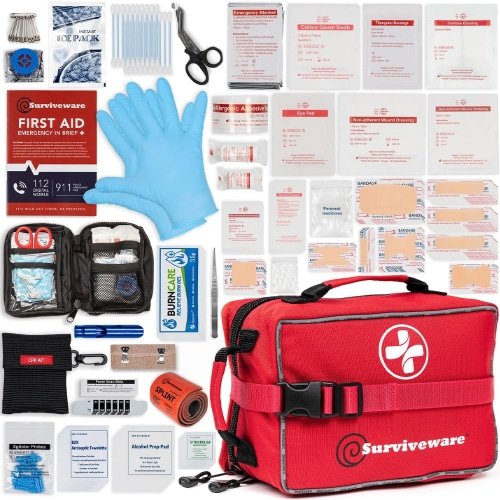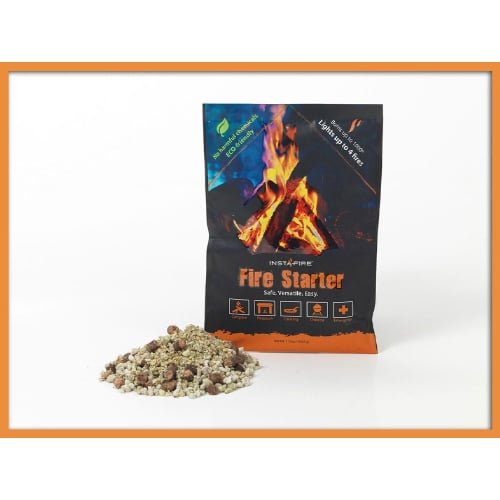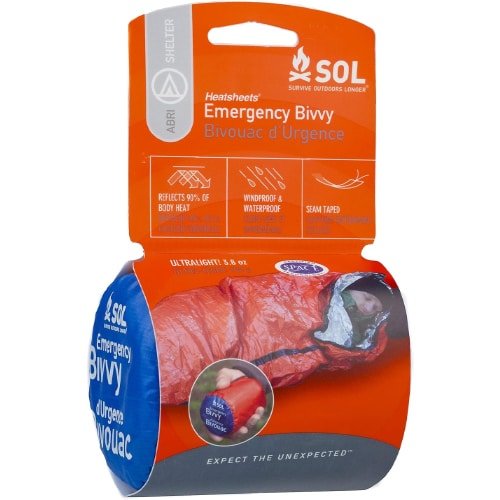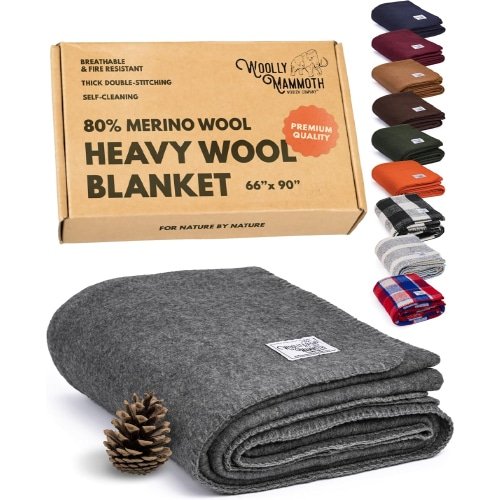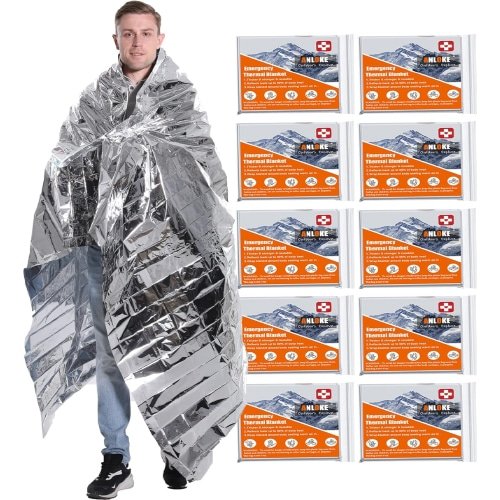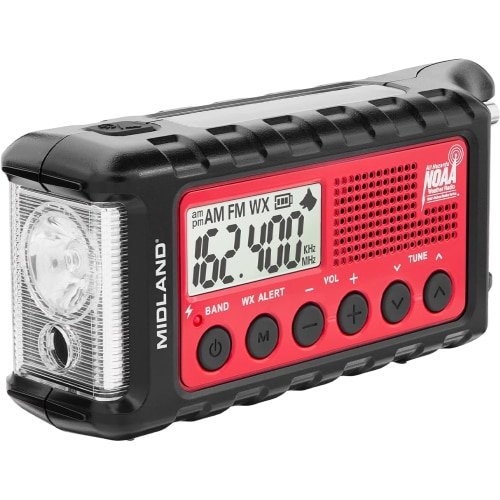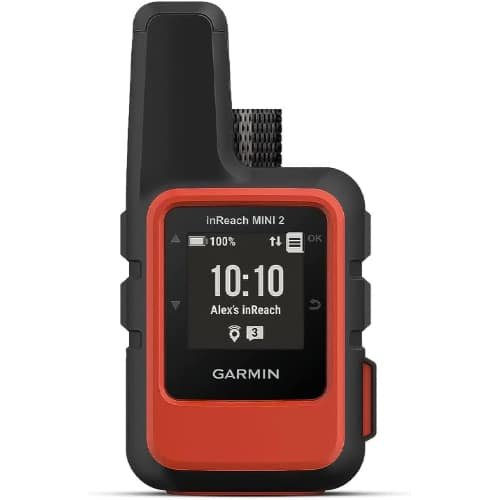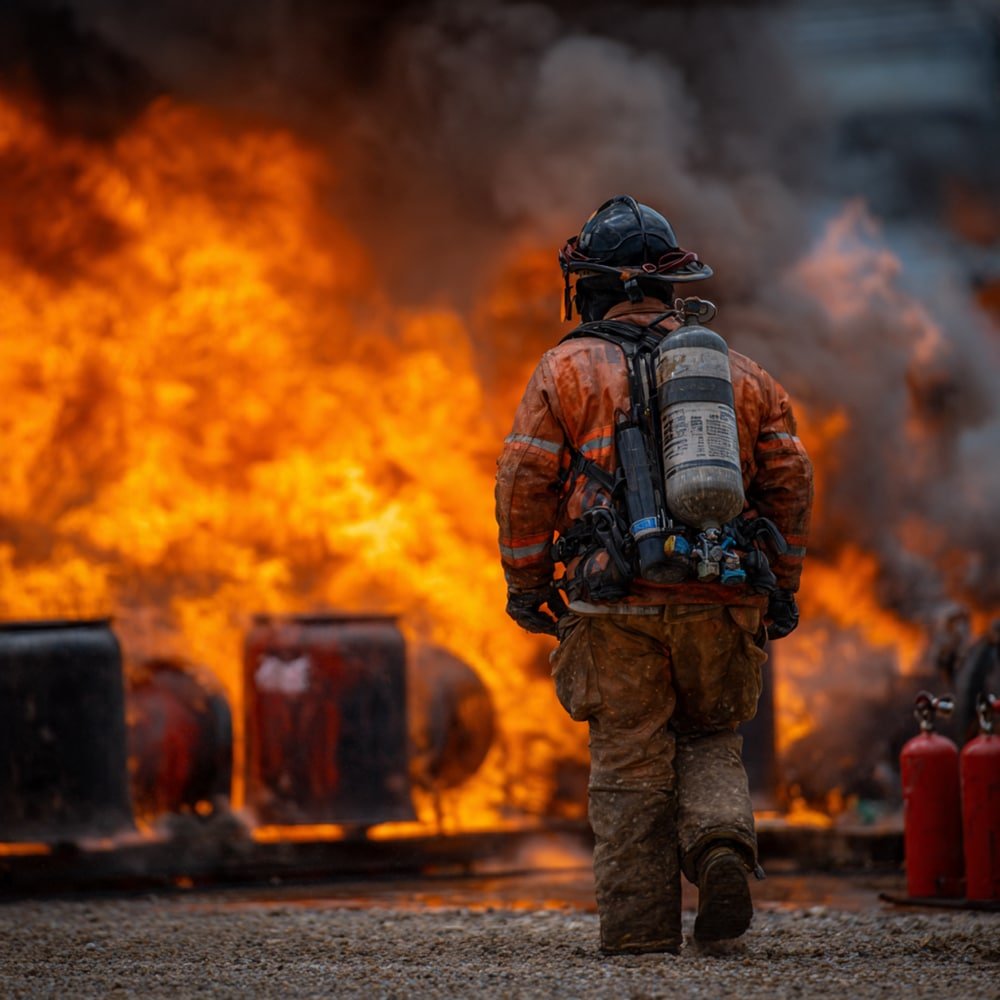When I first started prepping, I used to think winter preparedness meant just having a few extra blankets and a flashlight. That changed one year when a blizzard hit hard and our power was out for four days. The roads were blocked, pipes froze, and my family and I had to rely entirely on what we had prepared ahead of time.
That experience taught me one thing: winter preparedness isn’t optional—it’s survival.
So as October rolls in and the air starts to chill, I make it a priority to check, stock, and rotate my winter gear. Whether it’s a snowstorm, blackout, or grid-down scenario, being ready for the cold can make all the difference.
Here’s a full breakdown of how I prepare, what I pack, and how you can build your own winter survival kit—with real products I trust and have used.
When the power goes out in the middle of winter, your biggest threat isn’t boredom it’s hypothermia. I always keep a Mr. Heater Buddy Portable Propane Heater on hand. It’s small, safe for indoor use, and heats up a room fast.
For backup, I pack HotHands Hand Warmers and a Zippo Refillable Hand Warmer—these have saved me countless times while checking the generator or clearing snow at night.
Pro Tip: Always have a carbon monoxide detector like the Kidde Nighthawk CO Alarm near your heating source. Safety first.
2. Emergency Power and Lighting
When the grid goes dark, light and power become morale boosters as much as essentials. My go-to is the Jackery Explorer 500 Portable Power Station paired with the BigBlue 28W Solar Charger. They kept my radio, phone, and even a mini heater running through a long outage last winter.
For lighting, I trust the Black Diamond Spot 400 Headlamp and Goal Zero Crush Light Solar Lantern—compact, rechargeable, and powerful.
How-To: Keep all your devices charged before a storm hits and store extra cables and adapters in a waterproof pouch.
3. Winterized Food Supplies
When snow piles up and the fridge shuts down, you’ll be grateful for your stash of non-perishables. I rotate through Mountain House Adventure Meals and ReadyWise Emergency Food Buckets.
I’ve also added Augason Farms Soup Mixes—they’re easy to prepare with boiling water, even on a small camp stove like the Coleman Gas Camping Stove.
Pro Tip: Always test your meals ahead of time. You don’t want your first taste to be during an emergency.
4. Water Storage and Purification
Winter water prep is tricky because freezing can ruin your supply. I keep several Scepter 5-Gallon Water Cans indoors and use a LifeStraw Personal Water Filter when melting snow for drinking.
How-To: If you’re melting snow, never eat it directly—it lowers your core temperature. Always heat it first, then filter or purify before drinking.
5. Layered Winter Clothing
I can’t overstate this: staying warm starts with what you wear. I rely on Columbia Men’s Bugaboo II Fleece Interchange Jacket and Carhartt Thermal Base Layers for insulation.
Add Muck Arctic Sport Boots and Ozero Thermal Gloves to keep extremities dry and warm.
Pro Tip: Dress in layers—base, insulating, and outer. Avoid cotton; it holds moisture and accelerates heat loss.
6. Vehicle Emergency Kit
If you live in a snow-prone area, your car should double as a survival pod. I keep Cartman Jumper Cables, a Slime Tire Repair Kit, and Prestone De-Icer Windshield Spray in my trunk year-round.
Winter additions include STP Antifreeze/Coolant, an emergency shovel, and a Thermal Blanket Kit.
How-To: Check tire pressure weekly in cold weather—it drops with the temperature, increasing your risk of blowouts.
During winter, the smallest injuries can turn serious fast. I keep the Surviveware Comprehensive First Aid Kit stocked with burn gel, trauma pads, and cold medicine.
This year, I also added Theraflu Day/Night Packets and Vicks VapoRub—simple but effective comfort items during power outages.
Pro Tip: Rotate medications before expiry and include extra doses of prescription meds if snowstorms block pharmacy access.
8. Fire Starting and Cooking Gear
You can’t beat the basics: fire means heat, light, and hot food. My kit includes a Bayite Ferro Rod, waterproof matches, and InstaFire Fire Starter pouches.
For cooking, the Jetboil Flash Camping Stove is a game changer—it boils water in under 2 minutes, even in cold weather.
How-To: Practice lighting fires in damp or snowy conditions before you actually need to.
9. Insulated Shelter and Blankets
Even inside a home, temperatures can plummet without heat. I’ve invested in SOL Emergency Bivvy Bags, Woolly Mammoth Wool Blankets, and Mylar Thermal Blankets for added insulation.
In a pinch, you can use reflective emergency blankets behind curtains to retain heat inside a room.
Pro Tip: Designate one “warm room” during blackouts—use rugs, blankets, and plastic sheets to insulate doors and windows.
Finally, never underestimate the power of information. My Midland ER310 Emergency Crank Radio has AM/FM, NOAA weather alerts, and even a USB charger.
I’ve also added a Garmin inReach Mini 2 Satellite Communicator for off-grid contact—great for remote cabins or rural areas during blizzards.
Bonus: Prep Like a Pro – Maintenance & Rotation
Preparedness isn’t a one-time task—it’s a lifestyle. Every fall, I check:
☞ All batteries and power banks
☞ Expiry dates on food and medicine
☞ Fit and condition of winter clothing
☞ Functionality of heaters and detectors
This habit has saved me more than once, and it takes just an afternoon.
Final Thoughts
Seasonal prepping isn’t about expecting disaster—it’s about creating resilience. Winter is unforgiving, but with the right gear and mindset, you can turn potential crisis into comfort.
Start your winter readiness now, rotate supplies, and remember: you don’t rise to the occasion—you fall back on your preparation.
Explore reliable survival tools and gear at Gentleman Pirate Club Partners
Stay warm. Stay ready. Stay alive.



